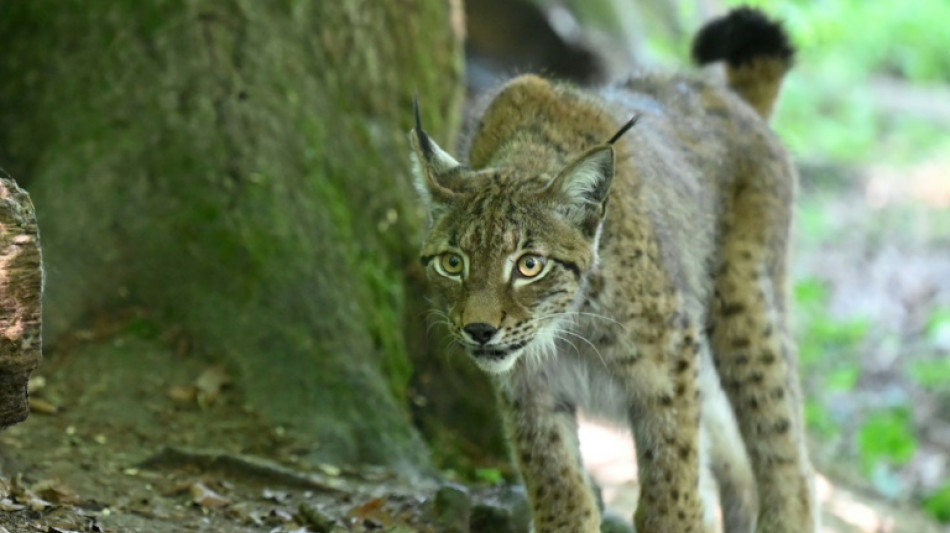
CMSC
0.0650


The elusive Eurasian lynx is at risk of vanishing completely from France, according to a study Monday that called for urgent measures to boost the population of isolated wild cats.
There are at most 150 adult lynx hidden in the mountains of northeastern France, cut off from healthier wild cat populations in Germany and Switzerland, according to the scientists behind the genetic study published in the journal Frontiers in Conservation Science.
"Given the rapid loss of genetic diversity, we estimate that this population will go extinct in less than 30 years," said co-author Nathan Huvier of the Centre Athenas, a wildlife refuge in eastern France.
"This population urgently needs new genetic material to become sustainable."
The lynx, which disappeared in France in the early 20th century, was reintroduced in the 1970s, spreading through the Jura mountains along the French-Swiss border, where the majority of the population remains.
Huvier said poaching may be occurring but that the main threat to the lynxes is cars because their territory is "highly fragmented" by roads.
Last year conservationists in the area recorded 22 collisions with vehicles. Only one lynx survived.
To study the population in the Jura, the researchers collected genetic samples between 2008 and 2020 from lynxes that were treated for injuries, orphaned cubs or those that were found dead.
They compared 78 of the samples to reference data from the parent population in central Europe's Carpathian Mountains in central Europe.
The researchers found that while the total French population is estimated to be between 120 and 150 individuals, there are only an estimated 38 lynxes thought to have sufficient genetic diversity for healthy breeding.
The authors warned that without a breeding programme to introduce new genetic material into the population, it will likely collapse.
"The lynx is an apex predator and thus a keystone of its ecosystem," Huvier told AFP.
"The fact that it is back in France is excellent news and that's why it is so important to protect this population (as well as all the other populations) and help it to develop further."
French authorities last year expressed concern at the decline of the lynx population and launched a national plan to restore the species.
But calls to boost the population by introducing more lynxes have met with resistance from hunters and farmers, who prefer that the animal's population is left to increase naturally.
P.Navarro--TFWP